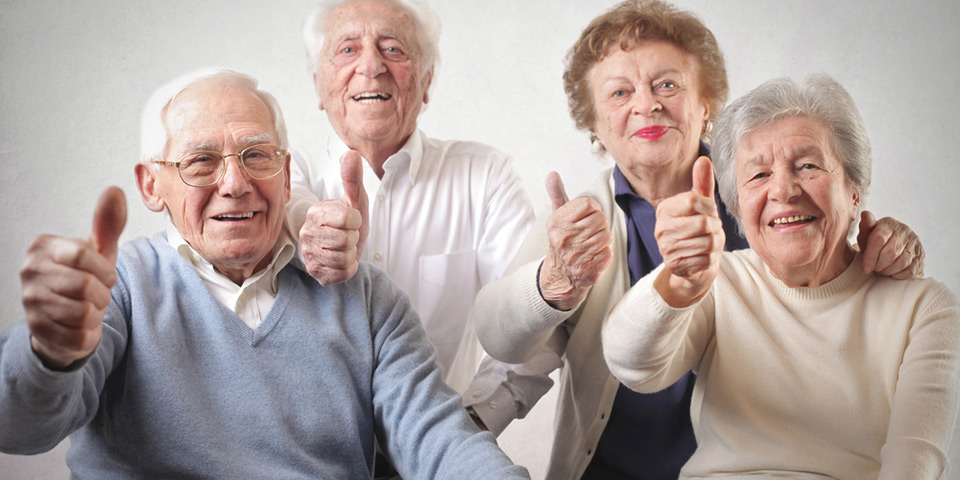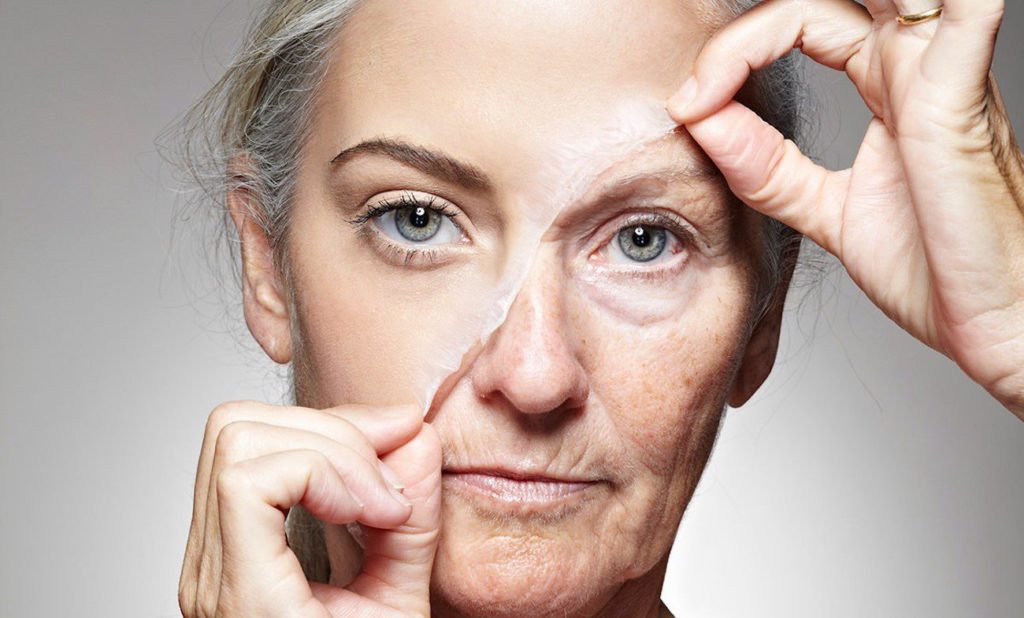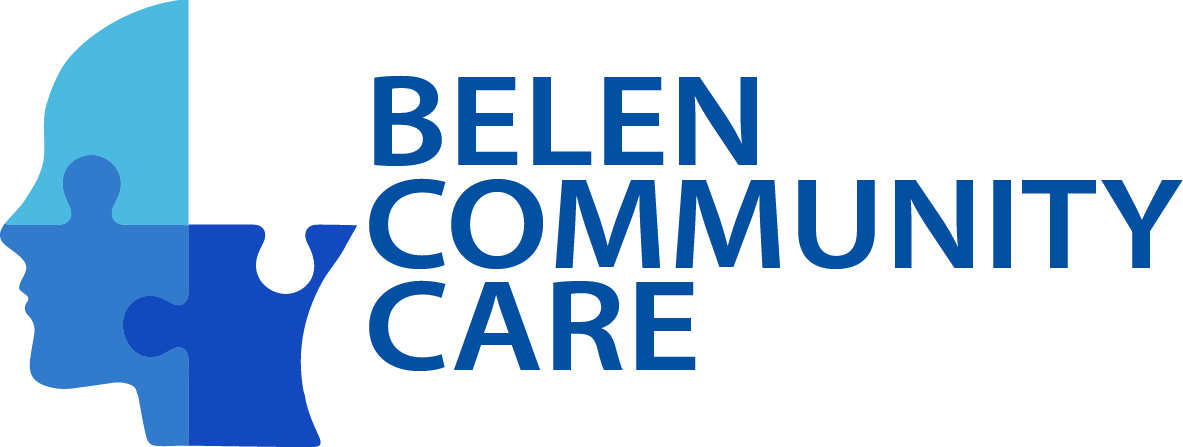
The term active aging was adopted by the World Health Organization in the late 1990s with the intention of conveying a more complete message, that of health, the way individuals and populations age.
The approach to active ageing is based on the recognition of the human rights of older people and on the United Nations principles of independence, participation, dignity, care and fulfilment of one’s wishes. In this regard, older people as passive targets, recognition of their rights, as well as equality of opportunity and treatment in all aspects of life as they age.
According to the World Health Organization (WHO), active ageing is defined as the process of optimizing opportunities for physical, social and mental well-being throughout life, with the aim of expanding healthy life expectancy, productivity and quality of life in old age. This is a definition that not only contemplates the aging of health care, but incorporates all the factors of the social, economic and cultural areas that the aging of people.

The distorted picture of ageing
The risks of ageing seem to worry us. Old age is a stage associated with deterioration, passivity, and dependence. But is that assumption really true, or is it one of the many stereotypes surrounding that process? Undoubtedly, each time we live longer, not only is this circumstance as a threat to society more questionable. From the principles of human rights to demographic evolution. The heavy costs of the ageing population are highlighted.
Likewise, to consider negatively the fact that the majority of the population reaches the age of 60 or more gives incongruous results. The highest life expectancy is the result of socio-cultural, economic and health improvements since the nineteenth century. Should we give up the benefits achieved? Fortunately, rigorous academic research in the manifesto is wrong of the previous ones. Actually, the correct use of data.
A social gaze
According to experts, ageing should be seen as a phenomenon that is not only public, but society as a whole. In the future there may be new employment guidelines, new forms of work and economic trends to meet the needs of a long-lived society. It is therefore very important to take account of opportunities.
Innovation and entrepreneurship can contribute to the different ways of seeing and doing things, that is to say, new elements that help us to tackle the challenge we face beyond what we have, new activities that are more interesting for users, different ways of using existing resources, etc. It seems that innovation and entrepreneurship have no place in the social sphere and that it is all about the opposite, that it is all about spaces to be disruptive and to pose questions and solutions, otherwise we would not do it.

New technologies at the service of the elderly
Technology and its potential is a fairly unknown resource in the field of social and health intervention. A very powerful tool that requires its “normalization” within these fields.
To date, a multitude of R&D&I devices and pilot projects have been developed that have been loaded with a way of connecting with the real needs of people and the market they were in favour of. However, telecare has been one of the few social technologies in our current context. Technology has great potential for future business.
Finally, it is important not to establish a label that discriminates between an active elderly person and a dependent elderly person; the best continuous line between the two concepts is the promotion of personal autonomy, i.e. the stimulation and maintenance of people’s capabilities throughout the ageing process as far as possible.
if you want to know more information visit our social networks @adultcounselingcenter99
Leave a reply










Leave a reply